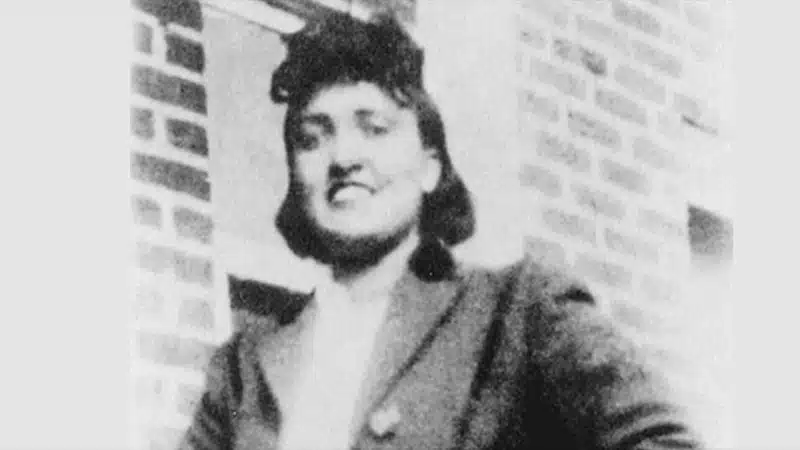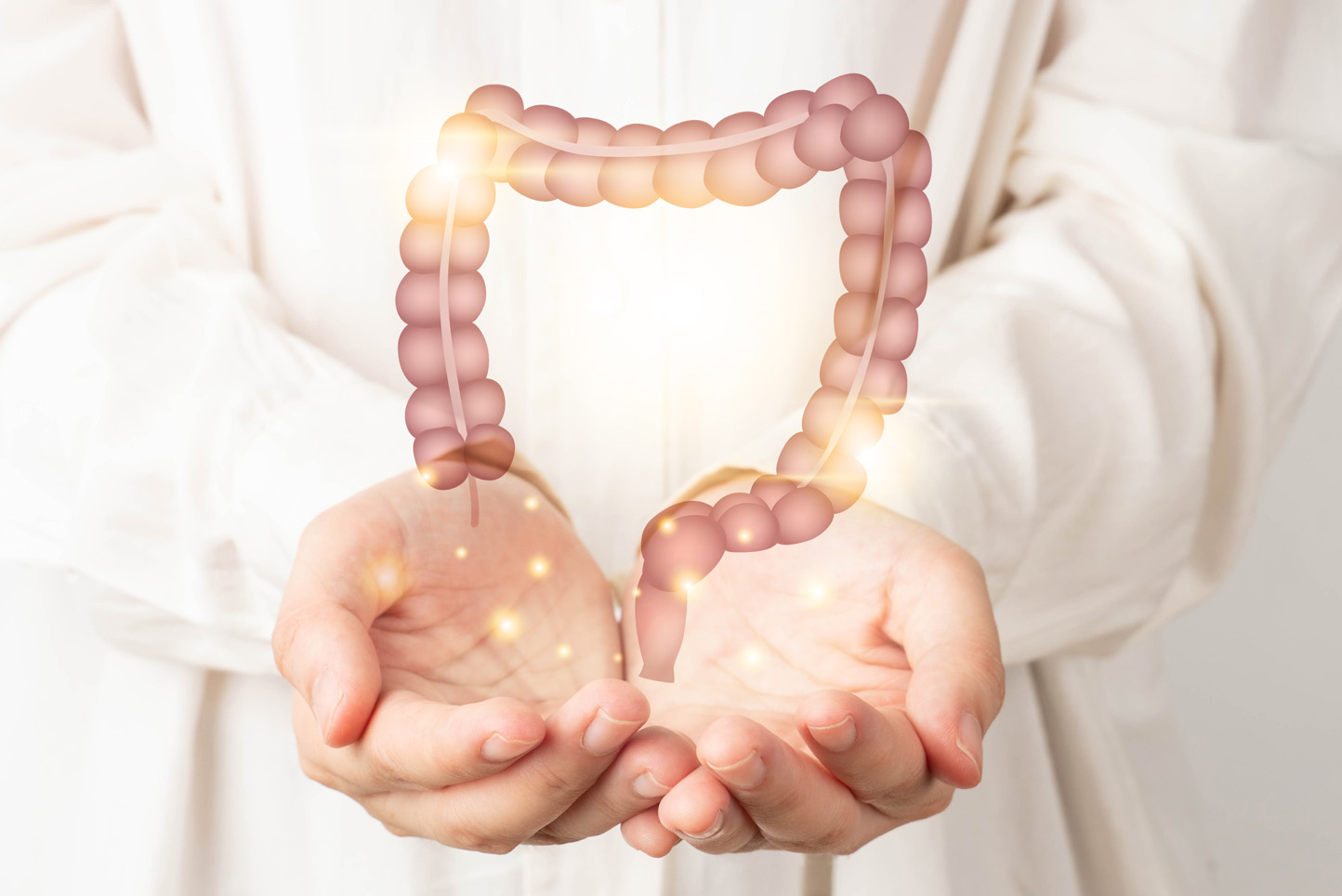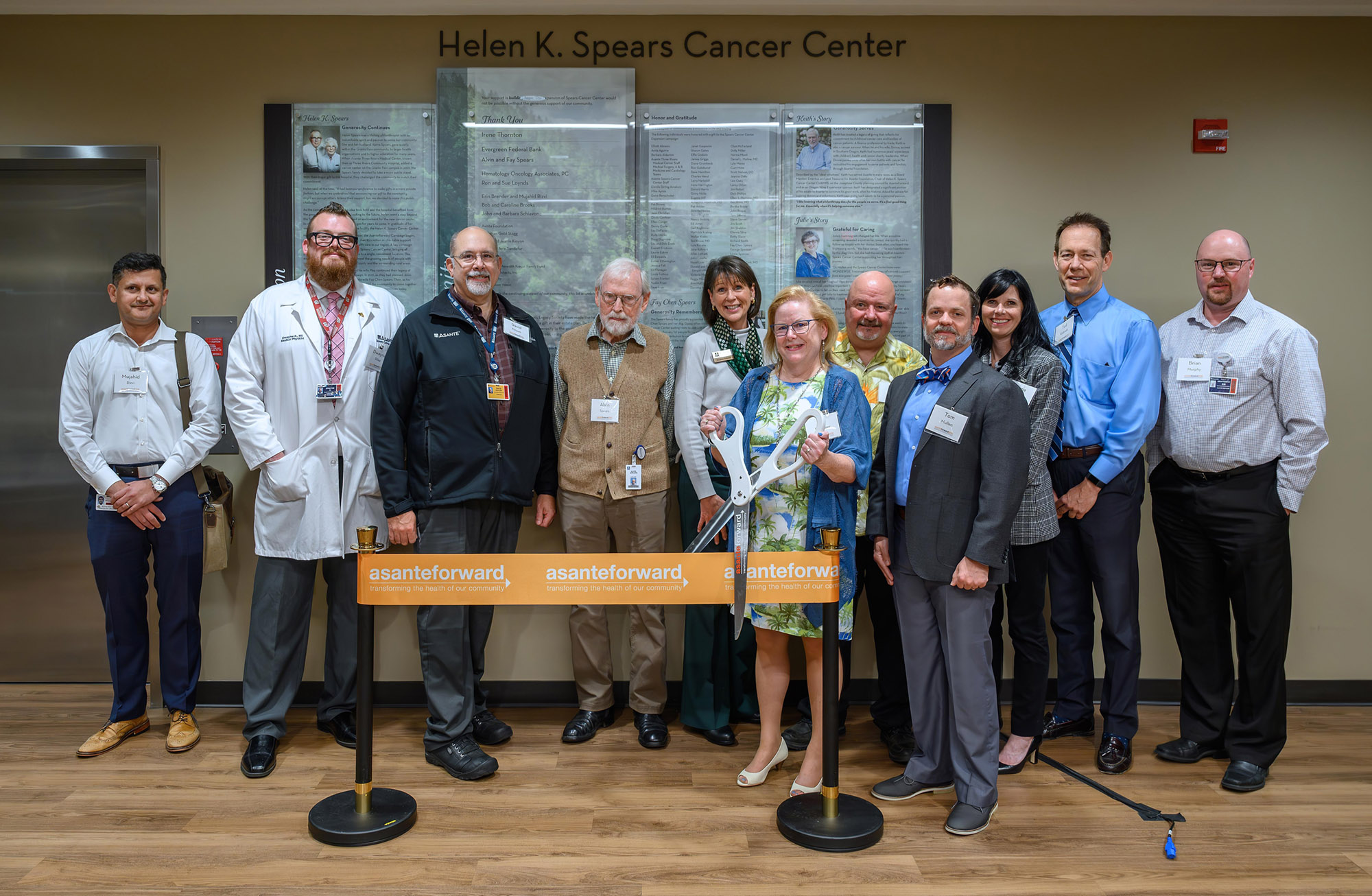Summary
Advances in health care have come from all cultures, all over the world. In the United States, this includes the contributions of Black Americans. In this blog post, learn about Henrietta’s cells, known as HeLa cells, which went on to help develop vaccine research for polio, HPV and COVID-19, in addition to the development of in vitro fertilization.
Advances in health care have come from all cultures, all over the world. In the United States, this includes the contributions of Black Americans. On the last day of Black History Month, the Asante Belonging, Inclusion, Diversity and Equity Team recognizes those who helped change medical science.
Surgeon Charles Drew, MD, is often credited as the “father of the blood bank” and is known for his method of long-term storage of blood plasma and organizing one of America’s first large-scale blood bank. Daniel Hale Williams, MD, known for being one of the first cardiologists to successfully perform open heart surgery, created a pathway for future surgeons and founded the first interracial hospital in Chicago. Kizzmekia Corbett, PhD, was one of the leading scientists who helped develop the Moderna COVID-19 vaccine due to her research in 2014 for the novel coronavirus.
However, one of the most extraordinary contributions to medical science comes from a young Black woman named Henrietta Lacks. Henrietta was a young mother of five children, who was treated at The Johns Hopkins hospital in 1951 for cervical cancer.
Henrietta Lacks
What makes her story so remarkable is that a sample of her cells were collected during a biopsy, and they were the first human cell line that continuously multiplied on their own outside of the human body. In fact, Henrietta’s cells were so prolific, they were shared with scientists and researchers across the globe who used her cells to conduct scientific studies of various diseases ranging from bacterial infections to cancer.
Henrietta’s cells, known as HeLa cells, went on to help develop vaccine research for polio, HPV and COVID-19, in addition to the development of in vitro fertilization. HeLa cells were even sent into space in 1964 to study how space travel could affect the human body. Henrietta’s cells remain one of the only cell lines to maintain their genetic authenticity. In other words, 116,000 studies conducted using human cells since 1951 have direct links to HeLa cells.
Henrietta and her family were never aware that her cells were taken and used without her consent. The Lacks family lived in poverty after Henrietta’s death.
More about Henrietta Lacks »
Today HeLa cells can be purchased online for as low as $650 a vial. The biotechnology company Thermo Fisher Scientific has made over $35 billion by selling HeLa cells, while the Lacks family has not received any compensation for the unauthorized use of her cells.
There is, however, hope that Henrietta’s contributions to medical science will provide her descendants some compensation. Henrietta Lacks, her story and her descendants are being publicly recognized in other ways. ”The Immortal Life of Henrietta Lacks,” by Rebecca Skloot, has sold over 2.5 million copies and has brought about awareness of Henrietta and her life. In 2010 Rebecca Skloot also created the Henrietta Lacks Foundation. And the Lacks family was appointed as the WHO (World Health Organization) Goodwill Ambassadors for Cervical Cancer Elimination in October of 2022.










1 Comment. Leave new
The family has not and does not receive any compensation from the book written by Rebecca Skloot even though they are the heart of its story and helped to promote it.